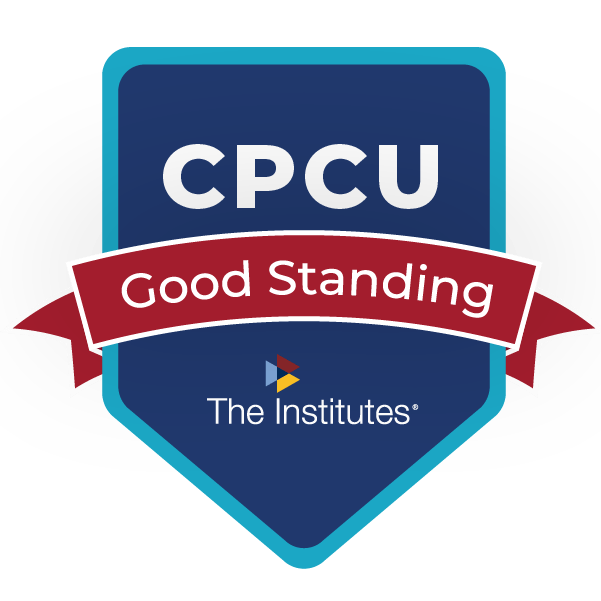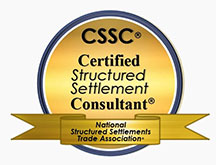Structured Settlements in Claims
April 8, 2013 – Things were so different in 1983 when I began my claims career than they are today.
 Notices of loss were still being taken by hand.
Notices of loss were still being taken by hand.
Pretty much every claims manager had his own secretary. (And I used “his” intentionally since nearly every claims manager was male)
Among the tools in common usage today which had yet to be invented: The Internet, personal computers, cell phones, GPS and filmless cameras.
That same year, H. R. 5470, The Periodic Payment Settlement Act of 1982, as passed by the United States Congress’ Joint Committee on Taxation, went into effect ushering in an era of widespread use of a concept that had been brewing in the claims world for a number of years:
Back then, management span of control was narrower, claims training more prevalent and it was unheard of for someone to work from home. Even field adjusters reported to an office to receive their assignments (by hand) from their supervisor.
During these and the years that followed, as this new “structured settlement” concept grew, claims departments began embracing their usage as a creative solution to resolving injury disputes. Carriers developed their own structured settlement programs and in those high interest, high inflation years, structured settlements helped many an unsettleable claim, settle.
Fast forward to 2013.
Claims training is less prominent than it used to be.
Seemingly every day, greater demands are placed on claims professionals.
And fewer claims people understand the nuances of structured settlements.
Which made reading this month’s Claims magazine article, “The Perks of Structured Settlements: Faster Claims Closure At The Right Price” so compelling.
Bylined by respected veteran claims executive Brian N. Farrell, the article does a great job going “back to the basics” highlighting some of the overlooked reasons why claims departments should continue to embrace the use of structured settlements as a claims resolution tool in today’s economy.
In addition to the obvious benefits to the injured parties which are well documented, the author emphasizes the benefits of using structured settlements to establish proper reserves, control litigation costs and ensure good faith bargaining among other ancillary reasons.
It’s a good read and a timely reminder that structured settlements remain one of the best kept secrets in the insurance world.
Unlike other claims tools which have been replaced by bigger, better and faster alternatives, structured settlements have yet to be improved upon and more carriers would be well served by rededicating themselves to expanding their use.
Posted: April 8, 2013 | by dan | Category: Articles, Blog, Structured Settlements



















